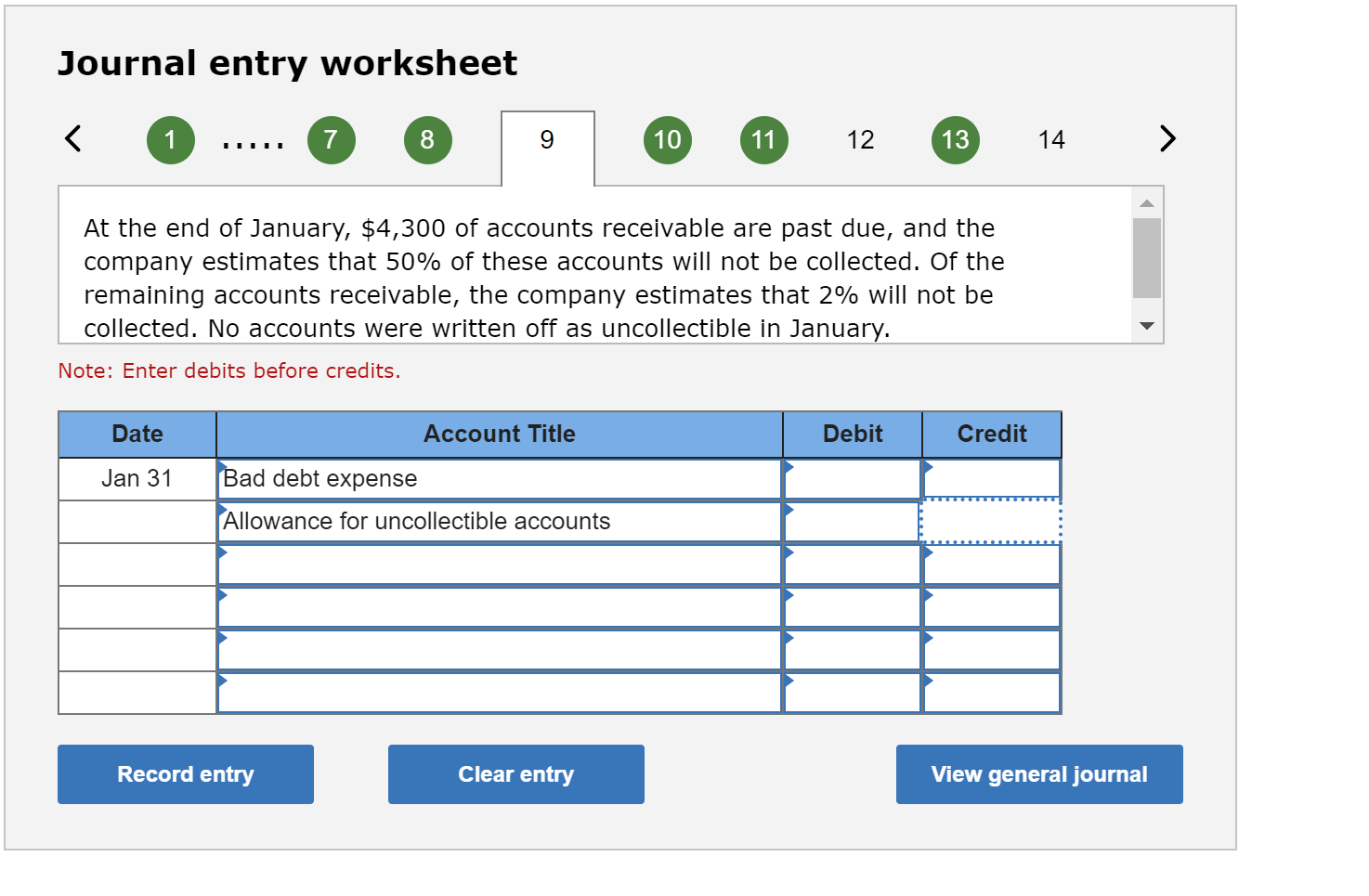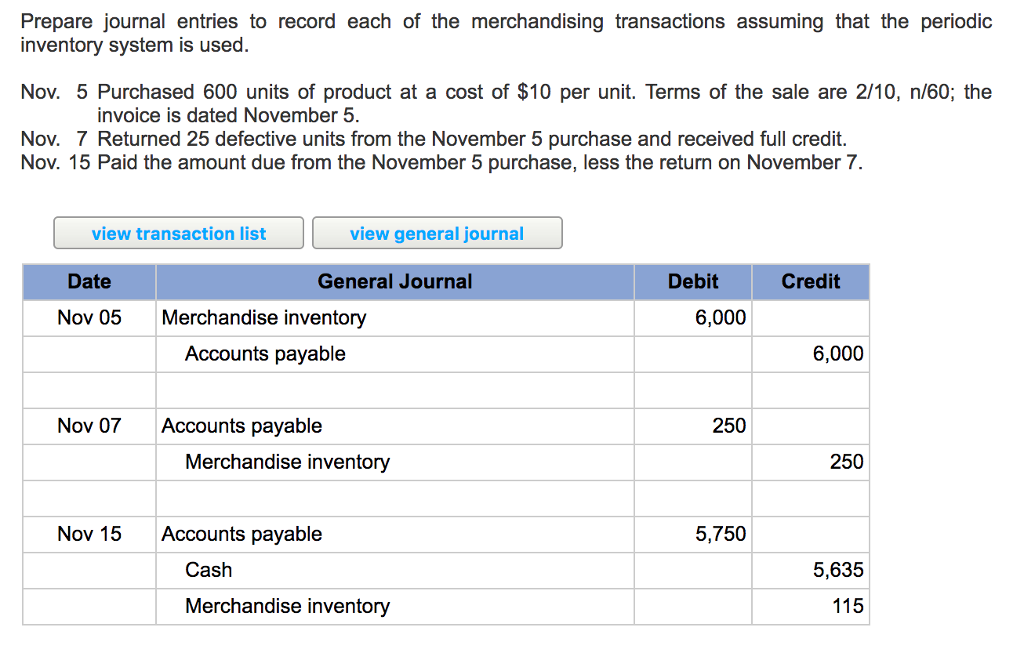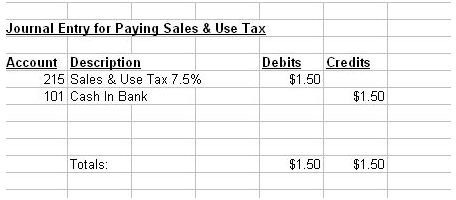
#Due to due from journal entry trial
However, there is no ledger entry for the other side of the correction – the trial balance is simply amended. As the suspense account records the difference, an entry to it is needed, because the error affects the difference. Type 8, trial balance errors, are different. Errors 6 to 9 also require journal entries to correct them, but one side of the journal entry will be to the suspense account opened for the difference in the records. Yes, to correct each of the errors as discoveredĮrrors 1 to 5, when discovered, will be corrected by means of a journal entry between the ledger accounts affected. Yes, to correct each of the errors as discovered posted to Motor cars account as $1,000Ĩ Trial balance errors – a balance is omitted, or incorrectly extracted, in preparing the trial balanceĩ Compensating errors – two equal and opposite errors leave the trial balance balancing (this type of error is rare, and can be because a deliberate second error has been made to force the balancing of the records or to conceal a fraud). an entry in one record is incorrectly posted to anotherĮxamples: cash $10,000 entered in the cash book for the purchase of a car is:ī. an entry made in one record is not posted at allī.

(errors of principle are really a special case of errors of commission, and once again there is a debit and a credit)Ĥ Error of original entry – an incorrect figure is entered in the records and then posted to the correct accountĮxample: Cash $1,000 for plant repairs is entered as $100 plant repairs account is debited with $100ĥ Reversal of entries – the amount is correct, the accounts used are correct, but the account that should have been debited is credited and vice versaĮxample: Factory employees are used for plant maintenance:Ħ Addition errors – figures are incorrectly added in a ledger accountĪ. Refer to Table 1.ġ Omission – a transaction is not recorded at allĢ Error of commission – an item is entered to the correct side of the wrong account (there is a debit and a credit here, so the records balance)ģ Error of principle – an item is posted to the correct side of the wrong type of account, as when cash paid for plant repairs (expense) is debited to plant account (asset) Financial Reporting (FR - previously F7) tests how these errors are corrected and the suspense account is eliminated before financial statements are prepared.īefore we look at the operation of suspense accounts in error correction, we need to think about types of error because not all types of error affect the balancing of the accounting records and hence the suspense account. Financial Accounting (previously F3) tested a candidate’s working knowledge of these types of error. This is the only time an entry is made in the records without a corresponding entry elsewhere (apart from the correction of a trial balance error – see error type 8 in Table 1). There is a difference in a trial balance and a suspense account is opened with the amount of the difference so that the trial balance agrees (pending the discovery and correction of the errors causing the difference).A bookkeeper is unsure where to post an item and enters it to a suspense account pending instructions.There are two reasons why a suspense account could be opened: Suspense accounts and error correction are popular topics for examiners because they test understanding of bookkeeping principles so well. A suspense account is a temporary resting place for an entry that will end up somewhere else once its final destination is determined.

#Due to due from journal entry professional


Virtual classroom support for learning partners.Becoming an ACCA Approved Learning Partner.


 0 kommentar(er)
0 kommentar(er)
